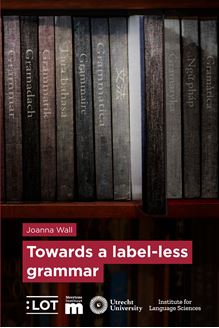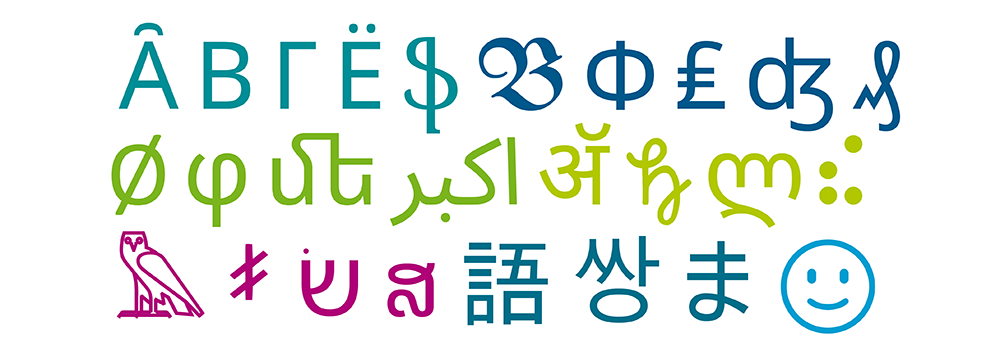In der letzten Zeit sind u.a. diese frei verfügbaren Titel erschienen:
The Dynamic Lexicon of English: A Socio-Cognitive Approach towards Loan Processes and Their Linguistic Effects
Julia Landmann
https://doi.org/10.1163/9789004544031
This study investigates the interrelation between use, meaning and the mind as a central issue of contact-induced linguistic variation and change, using the influence of French, Spanish, German and Yiddish on English as case studies. It relies on innovative methodological approaches, including the use of an integrative, socio-cognitive model of the dynamic lexicon, to describe borrowing processes and their linguistic outcomes. The multitude of socio-cultural contexts relevant to the introduction of the various borrowings since the nineteenth century has been reconstructed. This implies the identification of borrowings reflecting connections of linguistic features and culturally embedded attitudes. Taking the effects of cognitive and social factors on conventionalization and entrenchment processes into account, this study makes an original contribution to existing research.
Multimodal mockery in face-to-face interaction: On the negotiation of nonseriousness and stance

Clarissa de Vries
https://doi.org/10.48273/LOT0685
This dissertation investigates the ubiquitous phenomenon of mockery as a case study of complex stancetaking. The starting point is the observation that stancetaking, the expression of our attitudes toward the world around us, is inherently multimodal. What is missing, however, is a multimodal and interactional analysis of more complex forms of stancetaking. Mockery presents an intriguing case to explore this, as it involves a layered constellation in which a stance on a serious layer is heightened, diminished, or inverted on a non-serious layer.
Using three video corpora of spontaneous triadic interactions between friends, the dissertation examines the role of bodily-visual resources in negotiating stance and nonseriousness in sequences of mockery. 1556 cases of mockery were identified, which were analyzed in three empirical studies on initiating, managing, and elaborating the mockery. Taking a primarily qualitative and sequential approach, these studies show that bodily-visual resources contribute to the negotiation of mockery in interaction: They perform a range of functions, including stancetaking and alignment, managing the participation framework, and depicting and indexing personae. As a whole, this dissertation contributes to the growing body of work on multimodal stancetaking, and provides a basis for a systematic integration of multimodality in the study of humor in interaction.
Towards a label-less grammar

Joanna Wall
https://doi.org/10.48273/LOT0686
In generative syntactic theory, four types of (sub)labels have formed a cornerstone of current approaches: lexical category labels, functional category labels, X-bar-theoretic sublabels and uninterpretable features. This is despite the fact that all these labels are arguably at odds with the modern generative enterprise, the Minimalist Program. Further, recent approaches which aim to reduce these (sub)labels usually only focus on one of them.
In contrast, the current dissertation proposes a novel and radical label-less grammar model which aims to oust all four types of (sub)labels. First, a single, pre-syntactic lexicon is assumed, in which there is crucially no division between ‘lexical’ and ‘functional’ items, and all listed items can only be specified for phonological content and either conceptual content and/or an entity denotation. Second, narrow syntax is argued to be centered on a modified form of Zwart’s Unary Merge – crucially a form of asymmetric Pair-Merge – as the sole form of Merge. Third, linear order is overwhelmingly assumed to match word order, following Kayne and Zwart. Fourth, and moreover, a novel Conceptual-Intentional interface condition – Merge as Specify – is proposed, which requires an asymmetric semantic relation between the two items involved in all applications of (non-First) Merge, based on the semantic part-of relation.
Moreover, in this dissertation, the label-less grammar model is applied to a diverse range of empirical phenomena across both the traditional nominal and verbal domains, including divisions, quantity, definiteness, Aktionsart, and tense. Further, implications for cross-linguistic variation are also considered.



Schreibe einen Kommentar